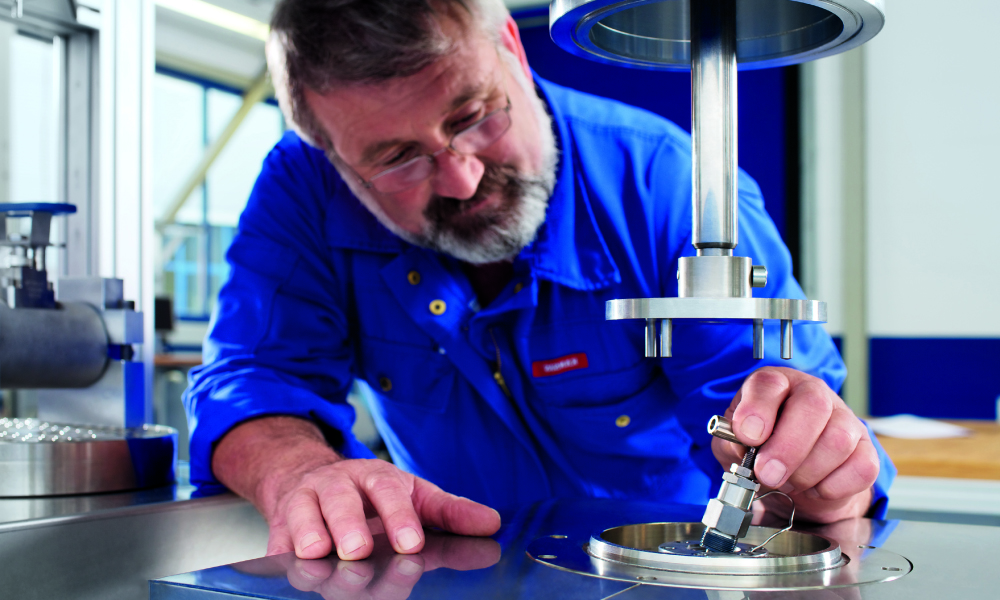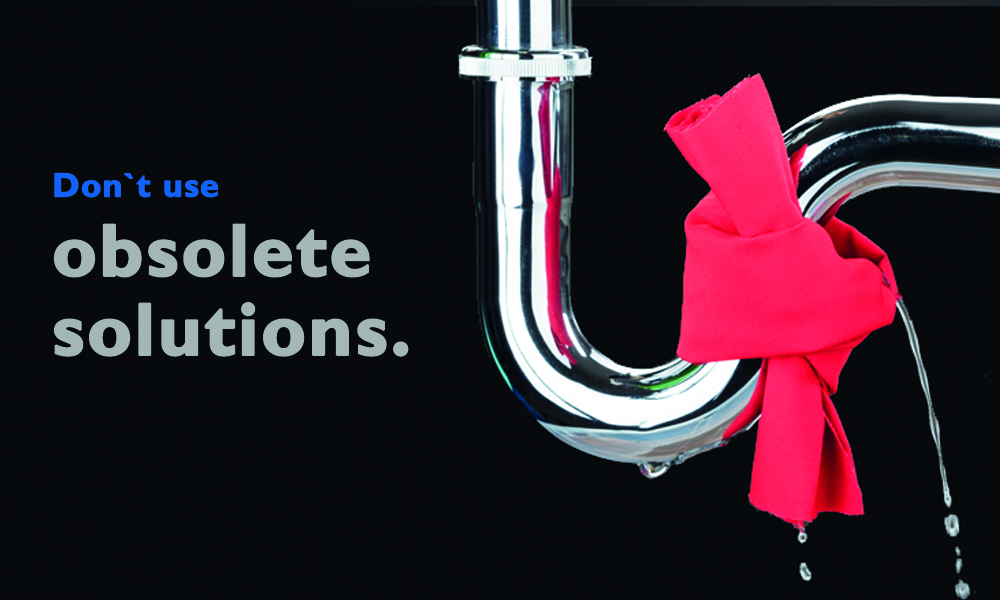This article aims to provide an overview of one of the latest trends in the process industry. The digital administration of product information!
In case you didn’t know about it, products in the process industry usually come with lots of technical documents. No matter how simple the product or project scope is, hundreds of paper pages are in demand to take it on.
In this context, the DIN SPEC 91406/IEC 61406 and VDI 2770 standards for identifying devices with unique IDs are crucial for the digital management of documentation and product information.
Continue reading







